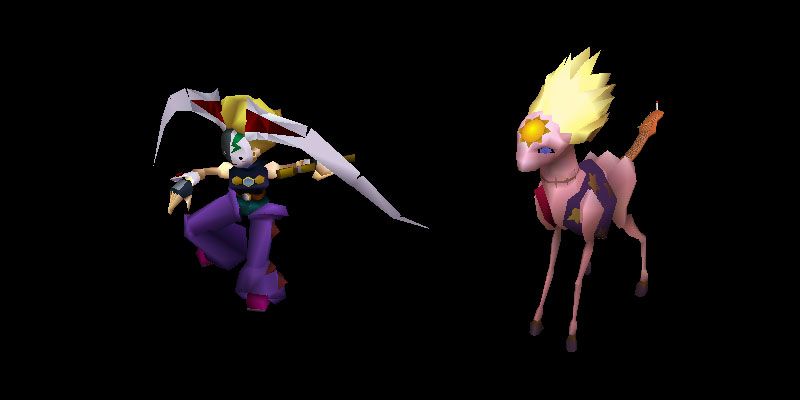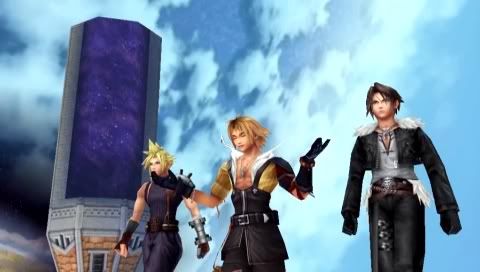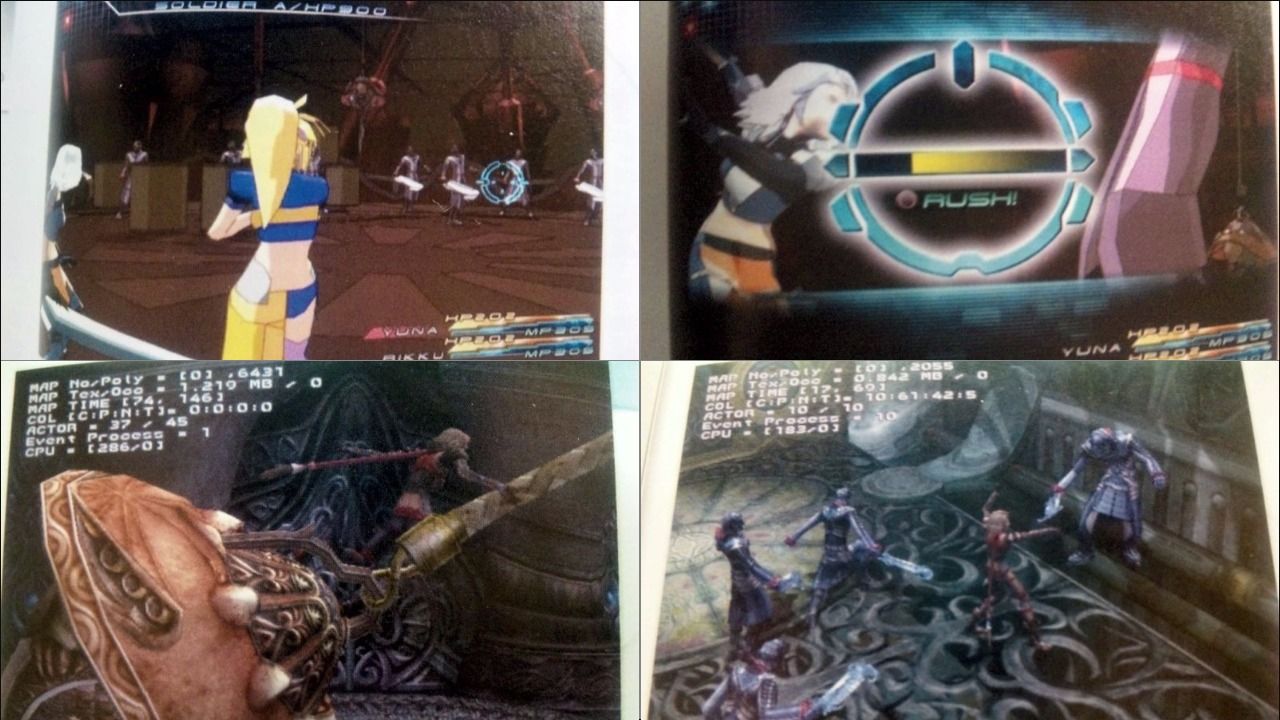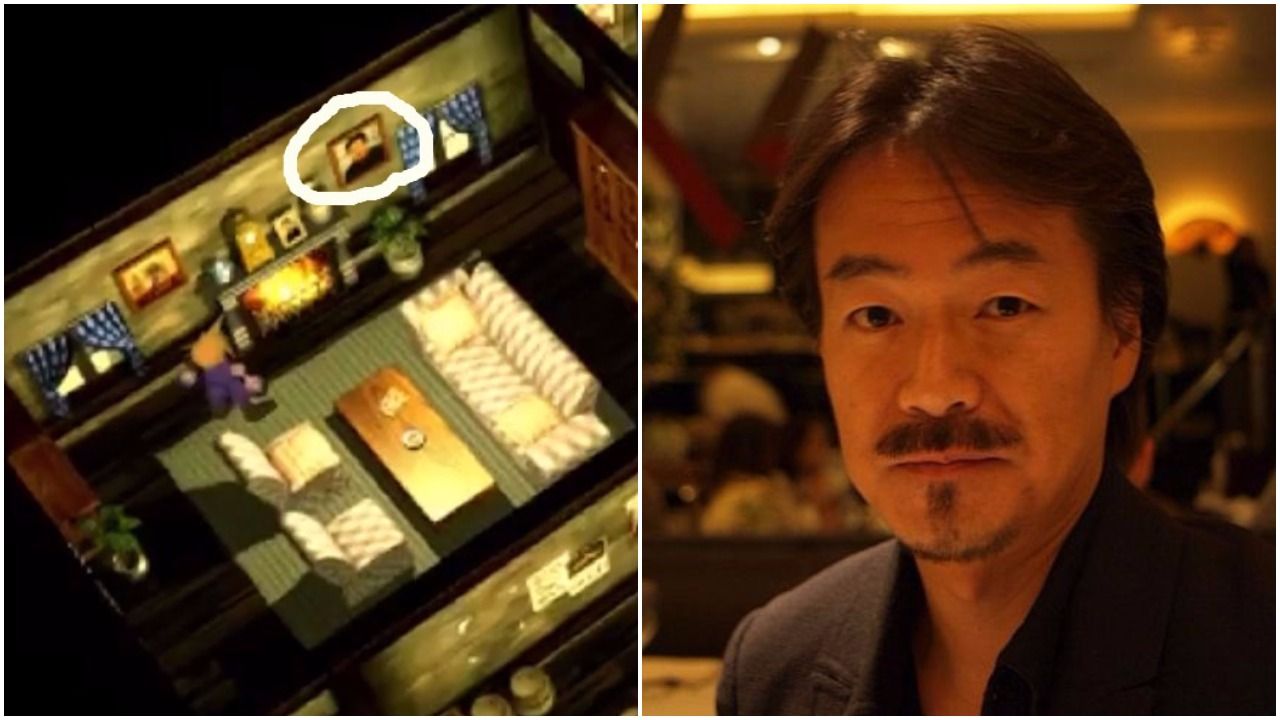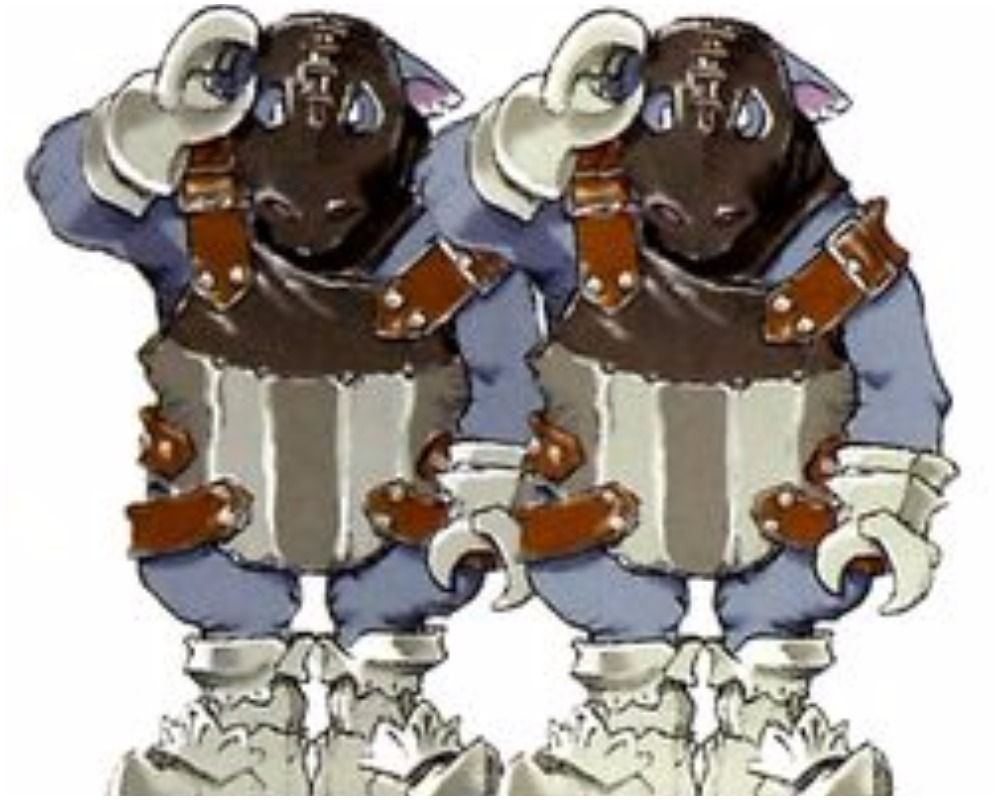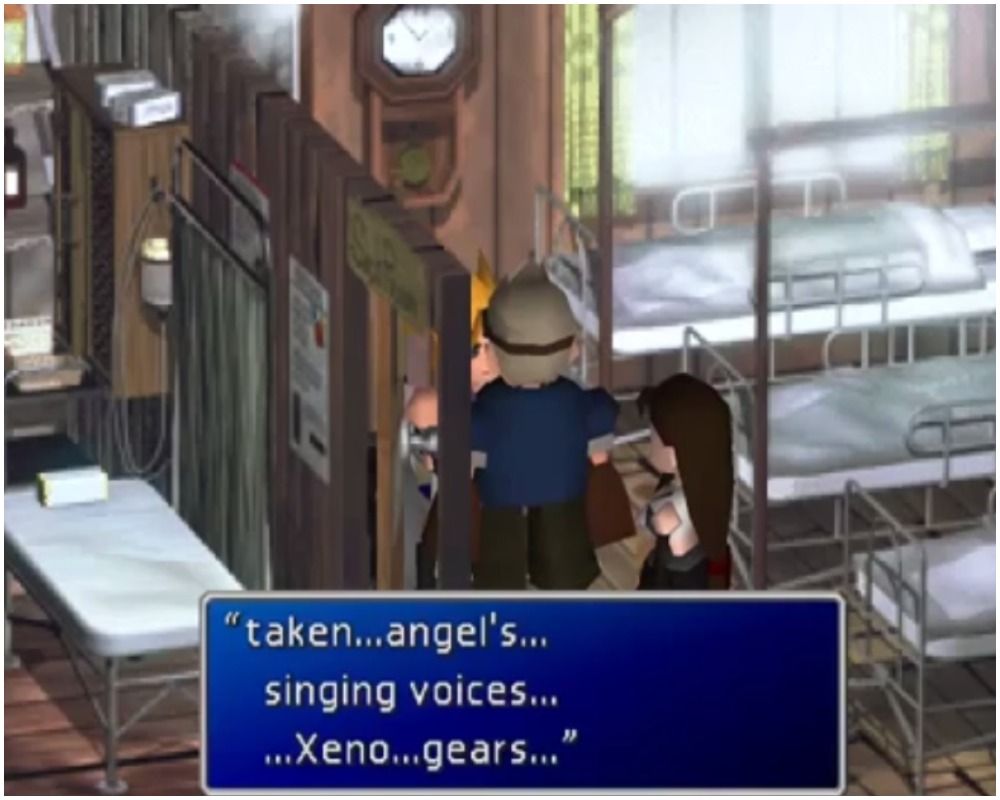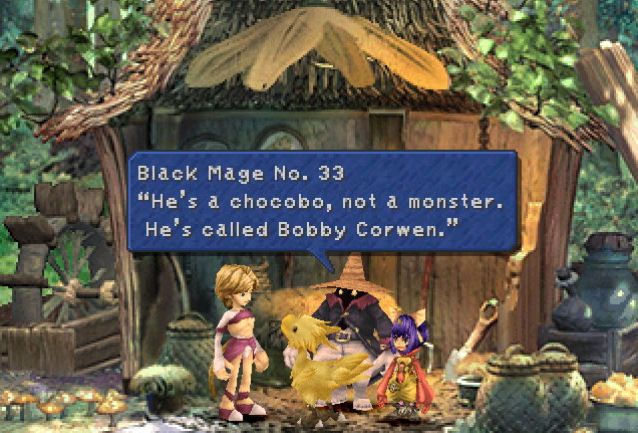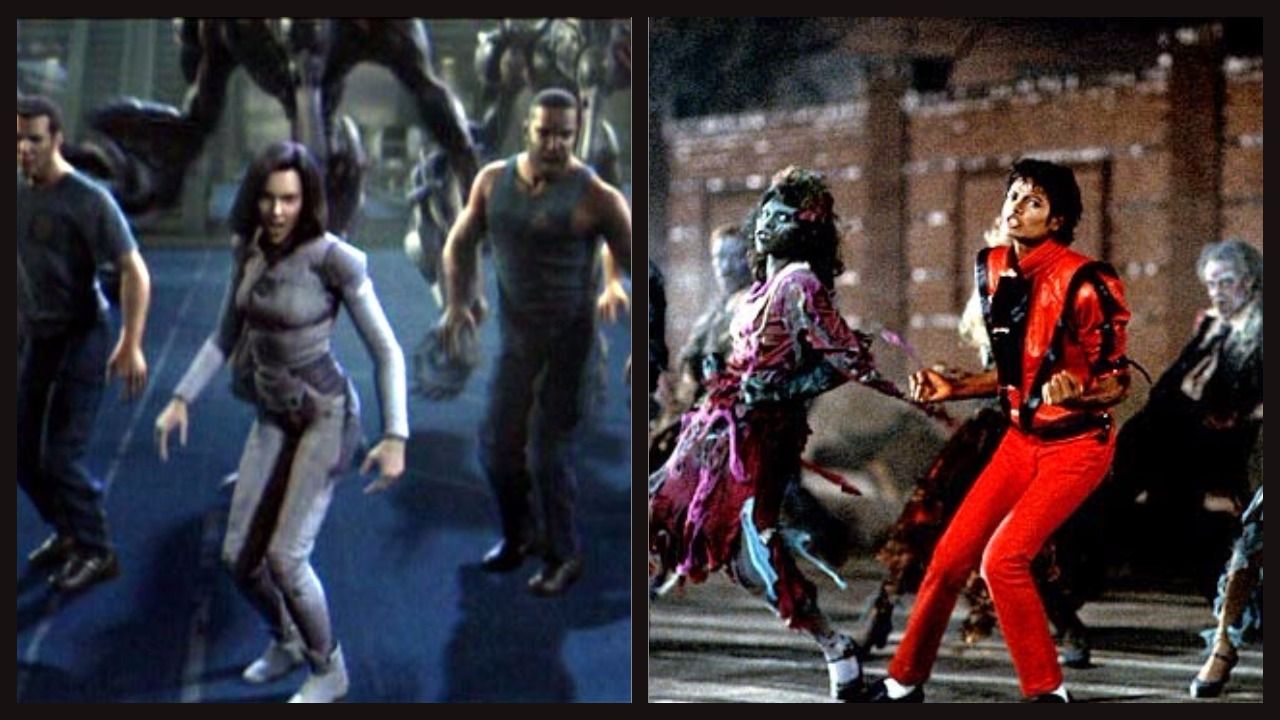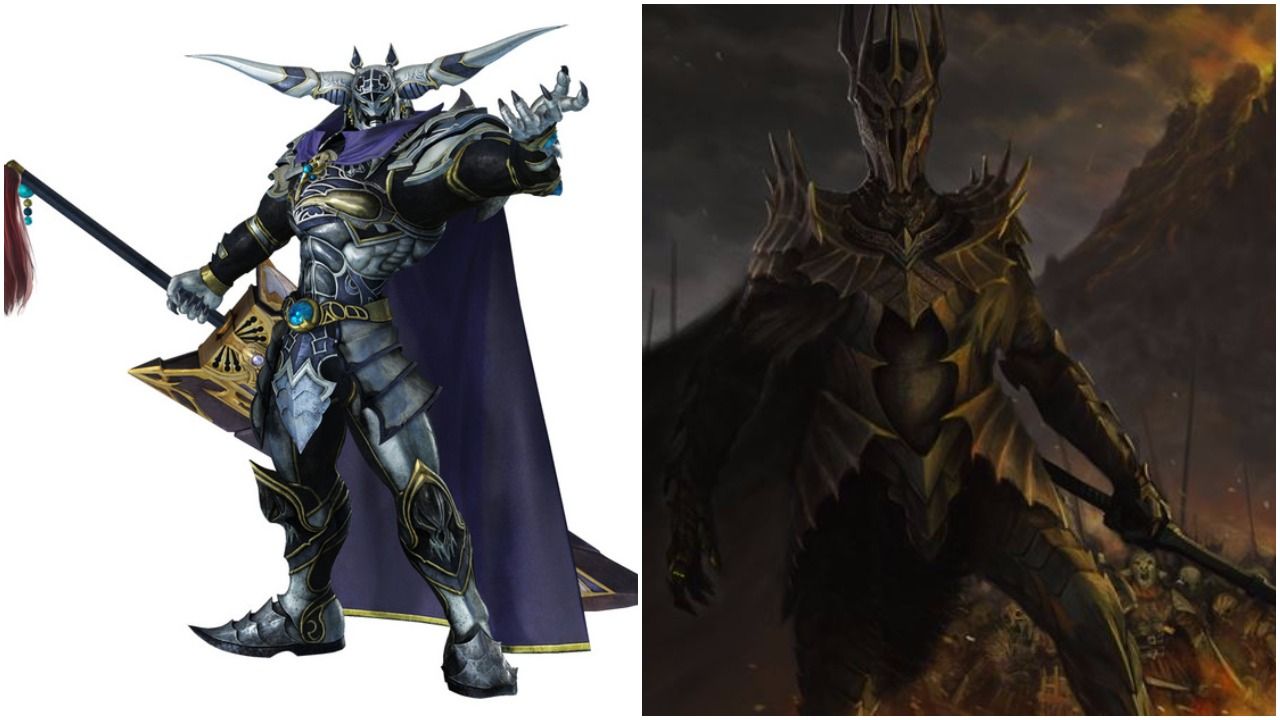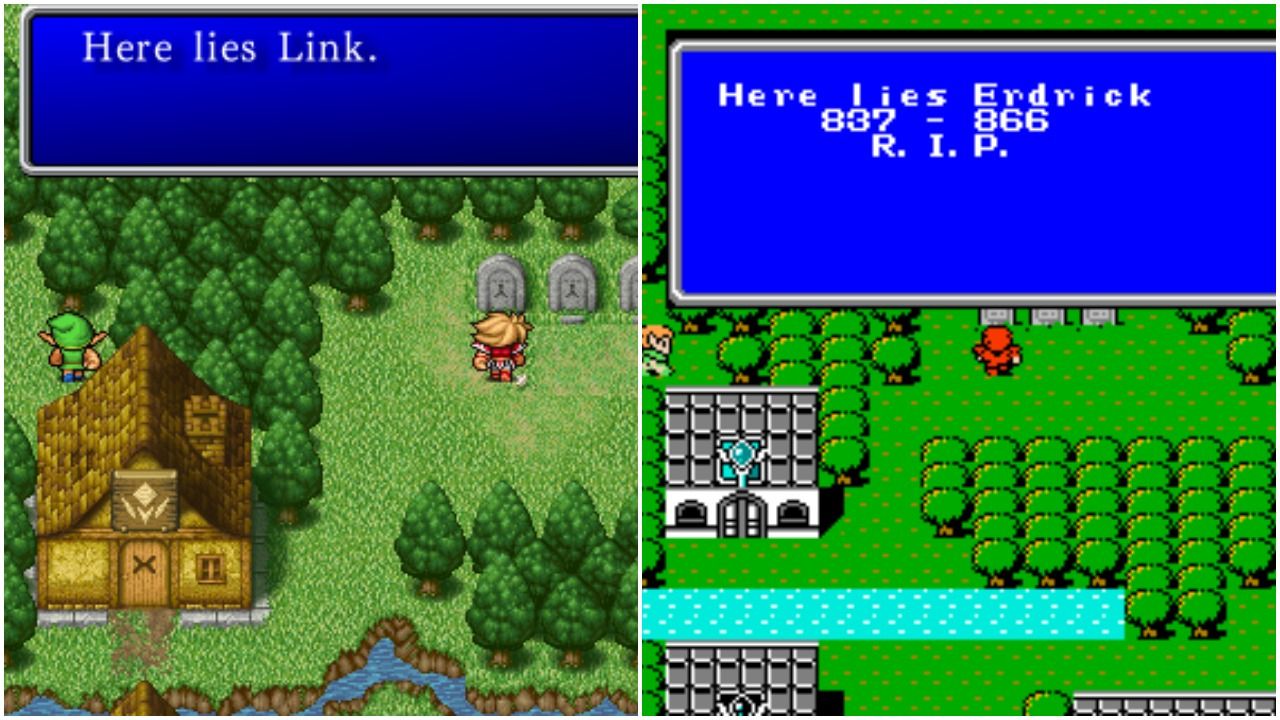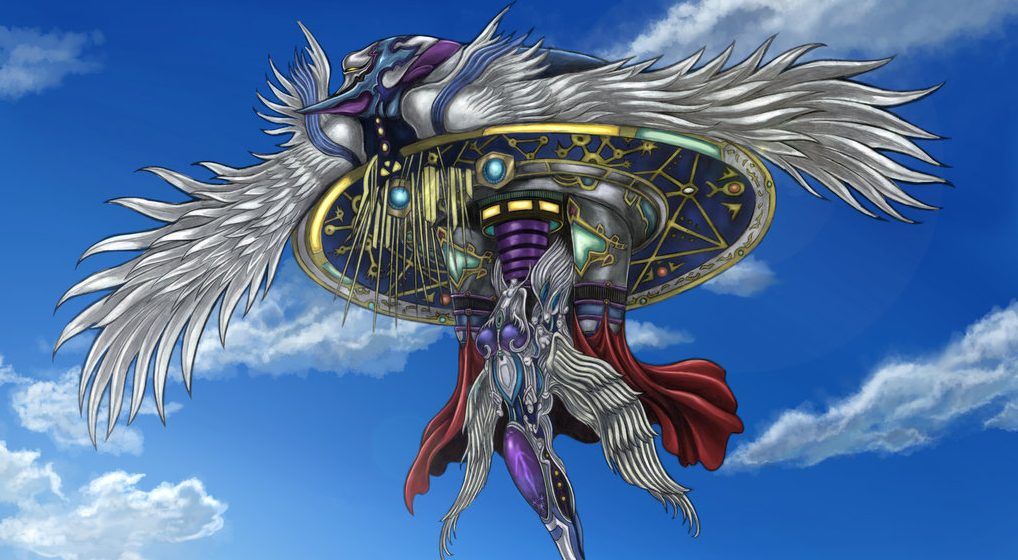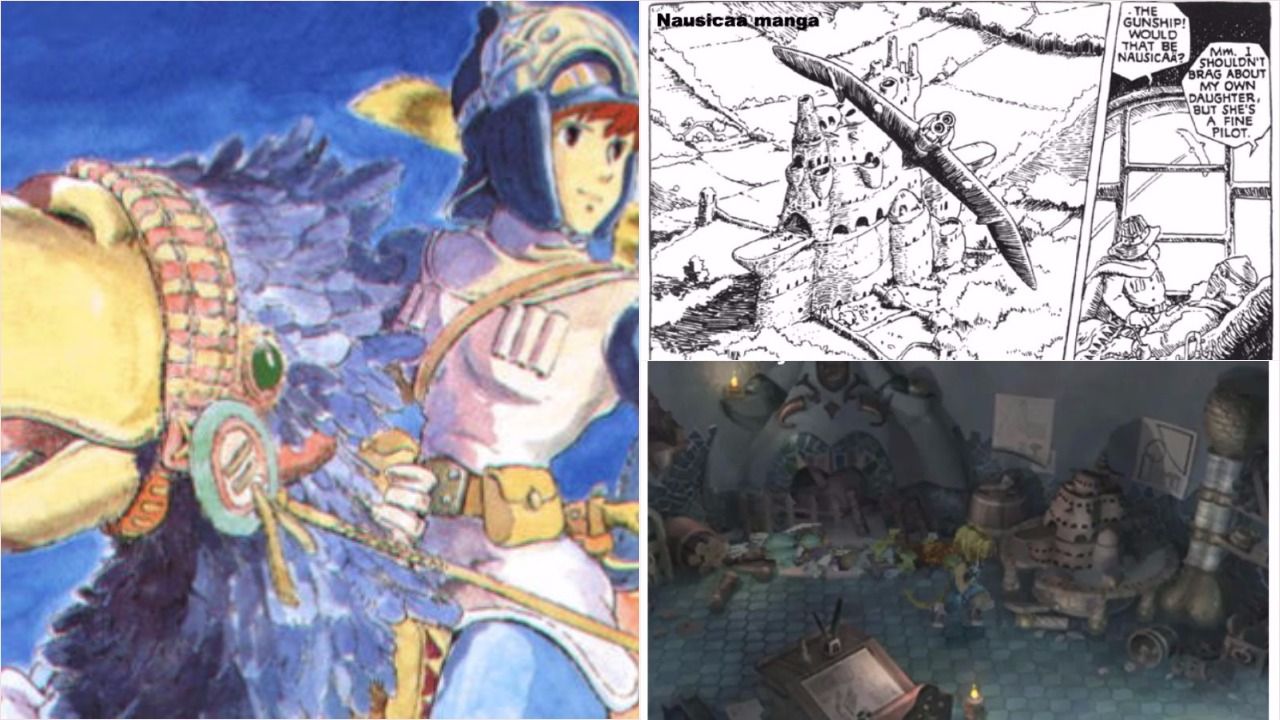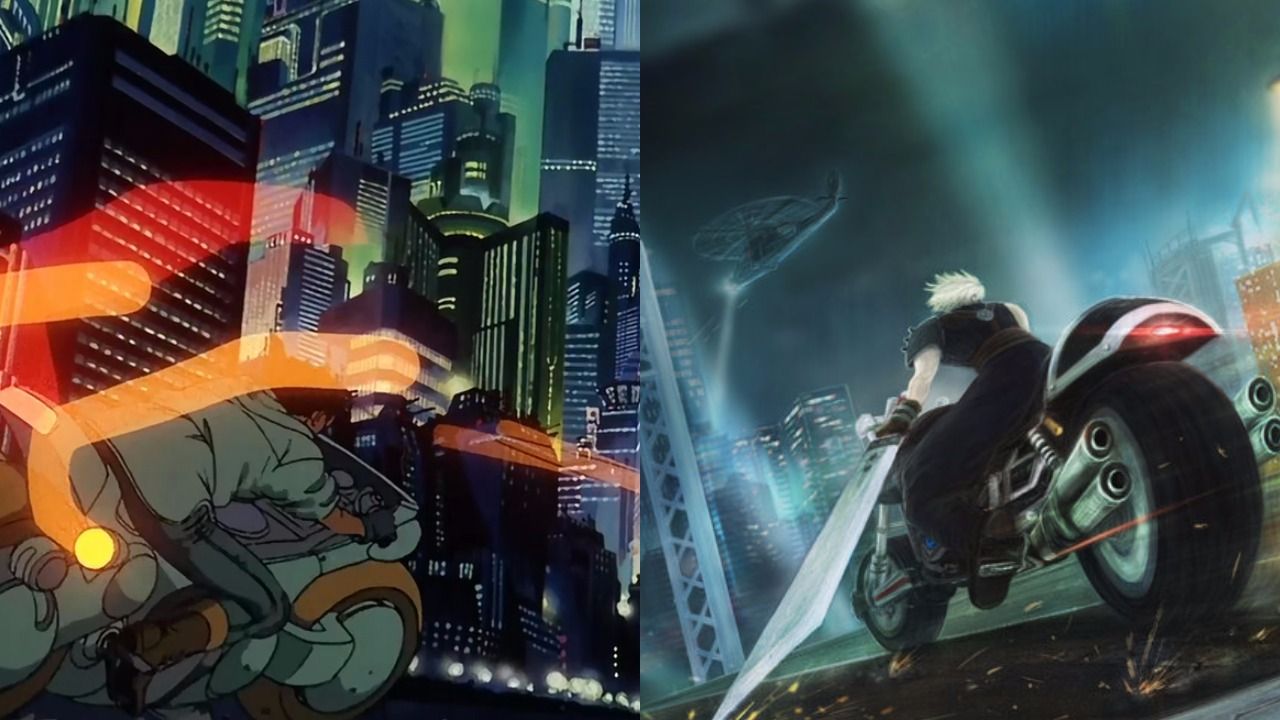The Final Fantasy games are absolutely packed with secrets, hidden lore and, interconnected storylines for gamers to discover. The thirty-year-old series is arguably the most profitable Japanese RPG series in the world and as a result, has inspired fans and developers alike. Additionally, even great rivalries were formed in the likes of Phantasy Star, Suikoden, and Shin Megami Tensei which are all classics in their own right.
The developers of Final Fantasy take inspiration from other sources too though, and as a result leave cheeky little pop-culture references and tributes throughout the entire series, that fans are still discovering to this day.
In addition to the references, the series still has a surprising amount of secrets and details that can be missed on a first playthrough. There are lost missions, allusions to pop stars, popular films and franchises, recognizable dance routines, and at even hints to games that had yet to be released.
Below are 15 details that outline the origins of these influences, hidden secrets, and allusions to pop culture that may surprise you.
15 The Star Wars Influence
The Star Wars Saga is one of the biggest and most influential movie franchises of all time, and many of those influences from the science fantasy movie series can be found in the Final Fantasy series. While there is always an evil empire at the centre of the series storyline (and magic could represent The Force), there are more prominent allusions to the galaxy far far away:
Biggs and Wedge are a reference to Luke Skywalker's Wingmen in Star Wars: A New Hope. In FFVI the airship known as The Falcon was obtained in the same way Han Solo won the Millennium Falcon in a wager. Balthier and Fran were also heavily influenced by Han Solo and Chewbacca.
In FFVIII Elone whispers to Squall, "you are my only hope," a reference to a line spoke by Princess Leia in A New Hope. Additionally, Princess Hilda from FFII is a reference to Princess Leia, and just like Leia, she is the leader of a rebel alliance. The scene where Hilda gets captured by the massive Dreadnought ship is reminiscent of when The Star Destroyer captured Leia's ship.
14 Gighee Stardust?
David Bowie was one of the most influential and imaginative pop/rock stars of any generation. His career spanned more than 50 years in the music industry, and he starred in one of the most iconic fantasy films of all time with The Labyrinth.
It may be surprising to know that there are quite a few David Bowie references in the Final Fantasy series. In Final Fantasy VII, you can encounter a pair of enemies know an Gighee and Christopher.
The katakana for Ghigee is a play on the word Ziggy, it has the likeness of the Ziggy Stardust character and even has a guitar for a tail. Together with Christopher, it casts a spell called the Stardust March, an obvious reference the David Bowie persona.
The David Bowie references don't end there though, as his likenesses from different stages of his life can be found in characters such as Squall, Balthier, and even Kefka.
13 Meteorological Heroes
Many of the protagonists in the Final Fantasy series have names that are derived from meteorological and elemental effects and items. Here are just a few of the mo recognizable names that do this. The names Cloud and Lightning should be completely obvious, but Steiner's name from Final Fantasy IX is derived from the word stone. Terra from Final Fantasy VI is Latin for earth.
Tidus from Final Fantasy X has two meanings one is the tide, and it's Okinawan Japanese for sun, which deliberately links to Yuna's name which means. Another FFX character, Wakka has his name derived from water.
Squall's name from Final Fantasy VIII means a sudden violent storm. Finally, the names Noctis Lucis Caelum are taken from the Latin meanings of night, light, and sky
12 Final Fantasy XIII On The PS2?
Despite not being the most popular game in the series Final Fantasy XIII was one of the best looking games of the last generation, but did you know it was originally considered for the PlayStation 2?
Early artwork screens were published in Square-Enix's Ultimania guide for Final Fantasy XIII, and they showed a very different art style reminiscent of games like Rogue Galaxy, using stand-in characters Rikku and Yuna from Final Fantasy X. Aside from the differences in looks and style the battle system and interface still look very similar to the final build.
11 Hironobu Sakaguchi Can Be Found In Rocket Town
Hironobu Sakaguchi is lovingly referred to as the father of the Final Fantasy series. He began developing the first game using the name of Fighting Fantasy, but later changed it to Final Fantasy because he was expecting it to be his last work.
Thankfully, Final Fantasy went on to be a huge success and Sakaguchi went on to direct and produce more games in the series, until he voluntarily stepped down from his executive vice president at Square in 2003 — although he still has a very good relationship with the company, still making appearances at press conferences.
It shouldn't come as a surprise that there would be a secret tribute to him in one of most successful Final Fantasy games ever made. If you take a look around the Inn during your visit to Rocket Town, you'll see a little portrait of the man himself.
10 Lost Final Fantasy IX Quest
When Final Fantasy IX was released, its accompanying guide was notoriously bad, back in 2000 when the internet wasn't anywhere near a part of daily life as it is now. Bradygames released a $20 guide book that only gave away its secret items and quests, if you logged on to their website. As a result, one of the games most obscure quests went undiscovered for 13 years until a fan translated the Japanese Ultimania guide for FFIX.
To begin the quest the player must activate one the final dungeons called Memoria, but must exit and several key points in order to help reunite the Nero brothers and receive The Protect Ring as a reward.
9 Xeno Fantasy VII
Xenogears is one of the best sci-fi role-playing games released in any era and was originally pitched by Tetsuya Takahashi and Kaori Tanaka as a story for Final Fantasy VII, but it was initially deemed too dark and complicated for the series. They however permitted by Square to develop it as a separate entity, where the Xeno name would develop legacy of its own.
During the scenes where Cloud loses his mind, there's a moment where he's rambling and saying seemingly random words, that is until he mentions Xenogears, a game that wouldn't be released a little over a year later in 1998.
Although Xenogears would never see a sequel the Xeno name would live on in its spiritual successors with the Xenosaga Trilogy on the PS2, and Xenoblade on Nintendo consoles. Additionally, The World Of Final Fantasy contains a Xenogear Mirage, under the name of XG.
8 Bobby Who?
There is a scene in The Black Mage village where mages adopt a chocobo and name him "Bobby Corwin." There was an assumption among fans that it was either the name of a fan or a reference to someone involved with development.
Revealingly, Bobby Corwin was actually a reference to Final Fantasy V's chocobo called Boco, by taking the first two syllables from each name. There was also a Chocobo called Boco that featured quite prominently in Final Fantasy: Tactics and as a PocketStation mini game companion to Final Fantasy VIII.
7 Square-Enix's Love For The King Of Pop
Michael Jackson who is considered one of the greatest musical artists of all time, has a huge fanbase in Japan, and the developers of Final Fantasy are obviously big fans too. Just like David Bowie, there are some nice tributes to the King of Pop throughout the series.
The Dancer job class in Final Fantasy V contains this description, "Fighters whose smooth moves confuse enemies, leaving blood on the dance floor." Which is a not so subtle reference to the Michael Jackson's songs Smooth Criminal and Blood On The Dance Floor.
During Ultimecia's parade in Final Fantasy VIII, the masked dancers can be seen performing the famous dance routine from the Thriller music video. The Thriller dance would be seen again in the form of an Easter Egg on the Blu Ray/DVD discs of Final Fantasy: The Spirits Within.
There was another homage to Michael Jackson found in Final Fantasy XIII, Sazh's son Dajh has a strong resemblance to the Jackson 5 era MJ during his younger years.
6 Lord Of The Rings
J. R.R Tolkien's Lord of The Rings series is probably the most influential literature in modern fantasy tales. Final Fantasy certainly doesn't make it secret about where it draws many of the game's influences from
Mythril was a mistranslation of the Tolkiens precious metal Mithril. The Ranger job class (which makes an appearance in multiple Final Fantasy) was created by Tolkien. Enemies such as the Orcs, Goblins, and Trolls have made appearances over the series. Elves sometimes known as Elvaans and Elazan and even the Halflings are there in the form of the Tarutaru Final Fantasy XI and XIV.
There's even a character in the original Final Fantasy called Underhill which is a direct reference to the "traveling name" Frodo used to escape The Dark Lord Sauron. The Final Fantasy series still uses the Tolkien theme of a fellowship of heroes questing against the forces of evil to this day.
5 Dungeons & Dragons
The original Final Fantasy games may have drawn heavily from Tolkien, but many of the gameplay elements were inspired by Dungeons and Dragons board games and its lore.
The game's mechanics were heavily adapted into the original games with character classes like White Mages were like Dungeons and Dragons' Clerics, Black Mages were essentially the same as Wizards. The Rangers, Monks/Blackbelts, Bards, Thieves and Samurai job classes are all incorporated from D&D.
Two of Final Fantasy's most recognizable dragons are from the original Dungeons & Dragons Monster Manual. Bahamut the Platinum Dragon, is referred to as the king of good dragons. The other is, Tiamut the queen of evil dragons. Finally, every single D&D monster from the manual featured in the original Final Fantasy game but many of the names were often changed — as an example, The Beholder was renamed The Eye.
4 Here Lies Link And Erdrick
The original Final Fantasy made a reference to the Nintendo adventure series The Legend of Zelda, in the town of Elfheim there is a gravestone with the text "Here lies Link." It should also be noted, that the residents of the town look very similar to Link with green tunics and headwear.
However, the gravestone in the NES version in the town of Elfheim/Elfland instead reads, "Here lies Erdrick." Erdrick, was the protagonist from the first the Dragon Quest/Warrior games. Dragon Quest was a property of Enix, and were competitors during the NES era right up until the merger.
3 Eden
The most powerful summon in Final Fantasy VIII was called Eden, it looked like some kind of robotic structure with wings and mechanical parts. As a result, Eden was something of a mystery, because compared to the other summons which were derived from mythology and legend, it left gamers wondering what it was meant to represent.
When fans accessed the Debug Room through the use of a Gameshark device, they uncovered information regarding Eden, and that it was originally named Barthandelus. Barthandelus is the name of the antagonist from Final Fantasy XIII, a game released a decade after FFVIII. There was also another Fal'Cie in FFXIII called Eden, which was a living building.
It's quite possible that the developers pulled inspiration from the original Eden for the Fal'Cie in Final Fantasy XIII since its build and design look so similar.
2 Nausicaä Of The Valley Of The Wind
Hayao Miyazaki's Nausicaä Valley Of The Wind was a 1984 film and manga series that had a huge influence on the Final Fantasy series.
Hironobu Sakaguchi confirmed the Chocobos were heavily influenced by the Horseclaws in Valley Of The Wind. He also said that the inspiration for the airships and floating continents were from Miyazaki's Laputa: Castle in the Sky.
In Final Fantasy IX (a game full of relevant allusions to inspirations to previous entries), you can find a scale-model replica of a castle that featured in Nausicaä.
1 Akira
The science fiction anime Akira has one of the most memorable cyberpunk settings in cinema history, and it stands shoulder to shoulder with the likes of Blade Runner. The Japanese anime's legacy has been the inspiration for Hollywood films like The Matrix, Dark City, and The Chronicle. It's no surprise then, that there would be many visual inspirations for the cyberpunk setting found in Final Fantasy VII's Midgar.
The most obvious reference would be the bike chase scene, but the park slide in Midgar looks almost exactly the same as the one Akira. The round shaped container that held Jenova looks very similar to the one cryogenic dewar flask that holds Akira's remains. Finally, there's also an industrial elevator you can find during Junon Parade, that looks just like the one that Tetsuo rides to get to the underground facility.



